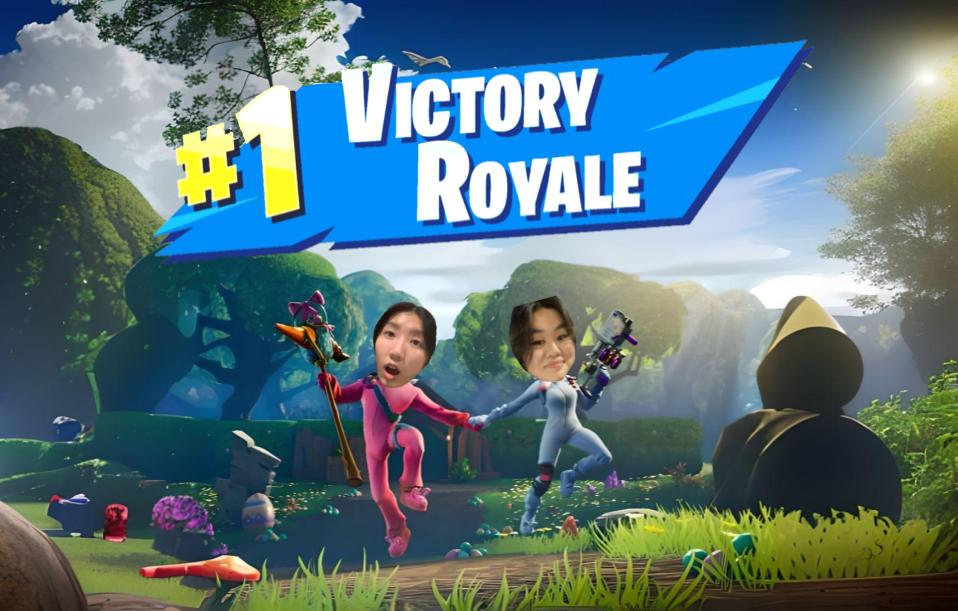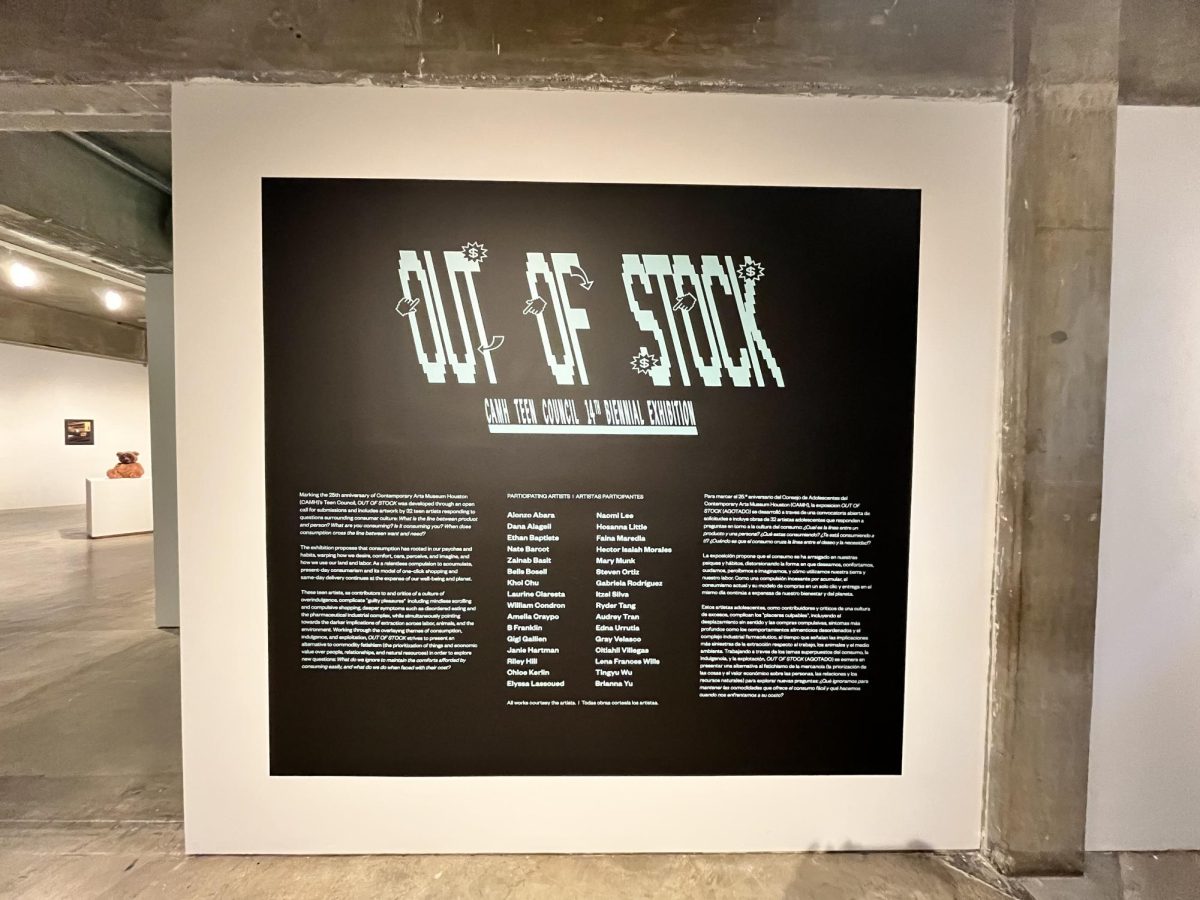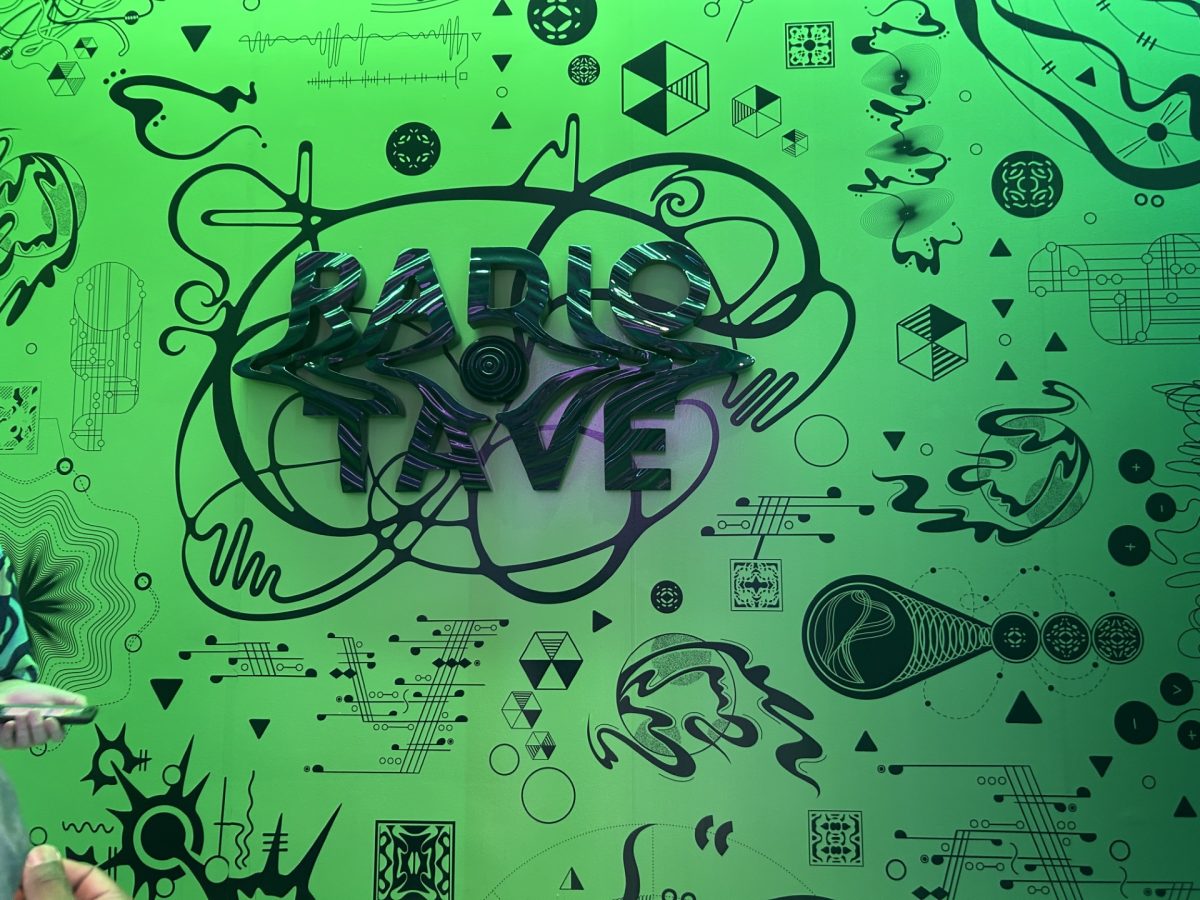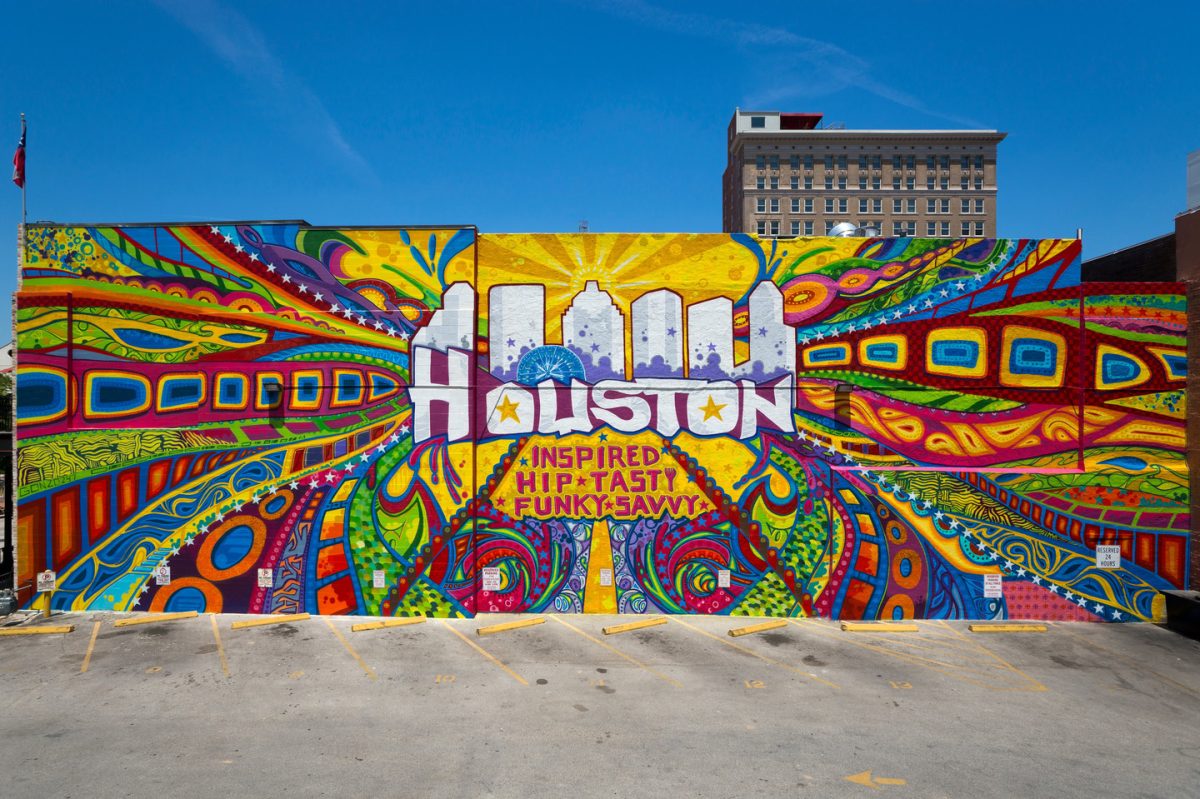Returning to the days where the only viruses we were worried about was one that would crash our game, Fortnite has made an outstanding return. With the rerun of Fortnite OG, players all over the world have come rushing back to once again experience the prime times of the famous video game.
A name that resonates with every high schooler who found solace in the virtual world during the height of the pandemic has come back just a few days into Nov. The most recent rerun, aptly named “Fortnite OG,” has transported us back to the days of quarantine, but what makes this rerun stand out in a sea of constant gaming updates and new releases?
During the unprecedented times of COVID-19, Fortnite wasn’t just a game; it was a virtual hangout where many players made lasting friendships and learned the ropes of online collaboration. The return of Fortnite’s Chapter One experience isn’t just a strategic move by Epic Games, but serves as a nostalgic tribute to those days of digital camaraderie. For the student body at Carnegie, this rerun is more than just reminiscing about old weapons or strategies; it’s a reminder of how we turned pixels into memories while our physical world was limited.
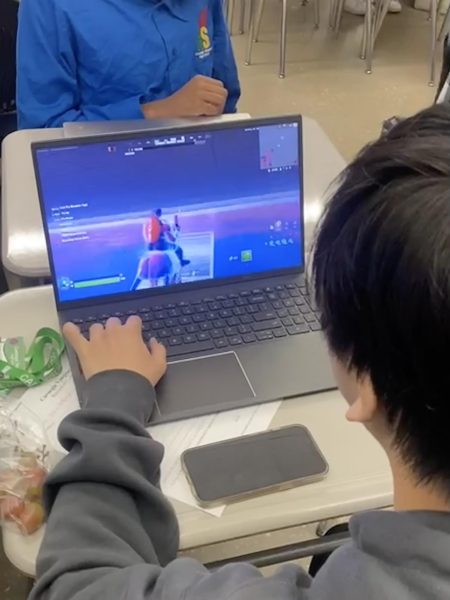
Along with the interactable changes to the game, the visuals were also transported back in time, a blend of the old-school style with a touch of modern detailing. For those who’ve been navigating through newer, more realistic games, the return to Fortnite’s playful graphics is comforting as the scenery is comparably simpler, less aggressive and vibrant with vast blue skies and chrome green grass.
In comparison to the updated maps of Fortnite, the OG map seems almost stark in comparison to the newer cyberpunk cities and dense jungles, a clear indicator of the immense progress that the game has made over its six years of existence.
The older map includes significantly fewer buildings, unique map locations and flamboyant detailed fortresses, but it’s just one large expanse of grass with some desert land and a few icy areas. While some may personally appreciate the more straightforward setup, players who enjoyed the eccentricity of rainbow abandoned theme parks or fluorescent hyper-modern metropolises may feel less enchanted with the visuals.
As for the gameplay, it’s the classic battle royale format with a twist. The main standout feature of Fortnite at its release was the addition of building in the gameplay, where players could construct complex structures of walls and ramps to complement the third-person shooter gameplay. This was especially different for in-game strategies as, at its release, just being proficient at building could send players to the highest ranks. However, as the years have passed since then, building has reached astounding levels of complexity and players have rapidly adapted their skills, also making the game far more competitive and difficult for casual players to maximize their game enjoyment.
Notably, strategies that were tied to different discontinued weapons, equipment and consumables have made enthusiastic comebacks, specifically items like the bush or storm flip. Strategies like “bush camping” and items like the “Chug Jug” are not only iconic representations of Fortnite OG, but are also iconic social media inside jokes that are really fun for players to interact with again.
And with the additional reintroduction of “OG” skins and emotes, social media conversations and content have exploded again with new memes, jokes and references, showing truly how the return of Fortnite OG isn’t just a matter of new or old maps and guns, but also the renewal of old pop culture.
It’s a definite double-thumbs-up from us, with a solid rating of 4.5 stars, considering the user friendly-nature of the game for players starting out in third-person battle royale video games and the immense pop culture value it has had for teenagers globally. With the OG rerun ending December 2, these were undoubtedly four weeks of purely nostalgic, unadulterated, gaming joy.


